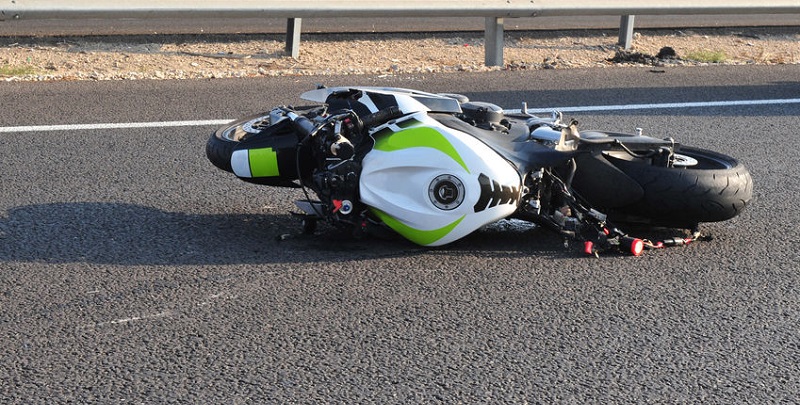The force of a motorcycle accident often throws riders off, resulting in severe head injury or death.
Passenger Vehicles Outmatch Motorcycles in Size, Weight, and Protection
According to the National Highway Traffic Safety Administration (NHTSA), more than 80 percent of all reported motorcycle collisions result in serious or fatal injuries for the motorcyclist. Although motorcycles make up only about three percent of the vehicles on Colorado roads, they account for approximately 20 percent of the fatalities:
- In June of 2017, a Marine Corps veteran and Colorado State University student was hit by an impaired driver while riding his motorcycle in Larimer County.
- In August of 2018, two motorcyclists were struck in two separate accidents just five hours apart in Aurora.
- Alcohol was a factor in three fatal motorcycle accidents occurring in September of 2018, in Pueblo and Custer counties.
Why are motorcycle accident injuries so serious?
Motorcycle accidents are violent events involving the interaction of a combination of human, mechanical, and environmental factors. The motorcyclist is often ejected, and since the motorcycle itself provides no head protection to the rider or passenger, such events frequently result in severe head injuries or death.
A motorcycle is decidedly more agile than an automobile, with increased maneuverability and a greater ability to stop quickly and swerve whenever necessary. However, a motorcycle is no match for an automobile in terms of crashworthiness, occupant protection, weight, bulk, visibility, and stability. It also lacks a roof, door beams, airbags, and seat belts.
Colorado Motorcycle Laws Promote Safety, Reduce Accidents
Passing or overtaking a vehicle in the same lane is illegal in Colorado, as is lane sharing and lane splitting. However, motorcycles can legally co-ride (share a lane) with another motorcycle in the state.
Regarding safety gear, it is legal for adults to ride a motorcycle without a helmet in Colorado, although all operators and passengers under the age of 18 are required to wear helmets that meet the standards established by the DOT. A motorcycle helmet that meets federal standards established by the Department of Transportation (DOT) or Snell Memorial Foundation is the most important piece of safety equipment that a motorcyclist can have, according to the NHTSA.
These federally approved helmets have a hard outer shell that absorbs the force of the impact and distributes it to protect the skull and prevent objects from penetrating it. A crushable inner liner limits the force of the impact by absorbing part of the energy that would otherwise extend to the head and brain.
Some form of eye protection is required for all motorcycle drivers and passengers in Colorado. Some examples of acceptable eye protection include goggles, eyeglasses with safety glass or plastic lenses, and the visor on a helmet if one is being worn. A motorcycle windshield is not considered to be satisfactory eye protection.
Passengers are also subject to motorcycle safety laws in Colorado. Motorcycles in Colorado must also be equipped with footrests for passengers, who are required to use them. Passengers must ride on the seat behind the driver or in a sidecar, and never in front of the driver.
If you sustained serious injuries in a Colorado motorcycle accident, contact personal injury attorney Dan Rosen for a free consultation to discuss your legal options.

